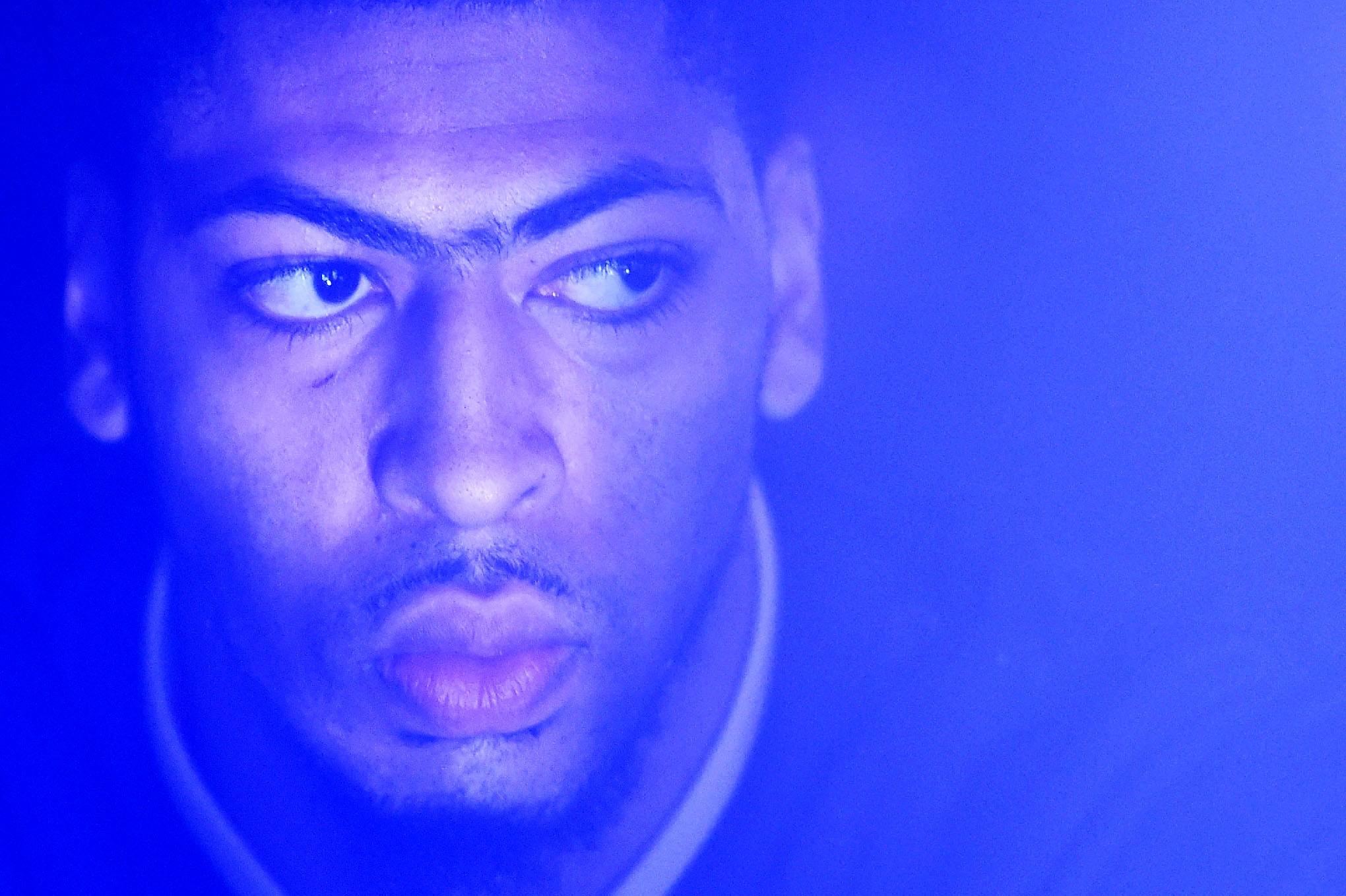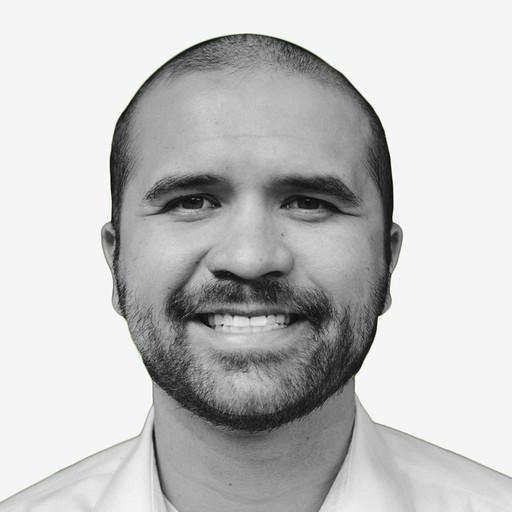After more than a year away from basketball following his troubled departure from the Hawks, Danny Ferry resurfaced with the Pelicans before the end of last season. The byzantine politics of an NBA front office can complicate the decision-making process, but the direction the Pelicans took this offseason (especially in contrast with what they had done previously) is a clear indication of Ferry’s influence. He is trying to recreate what he had in Atlanta. Except this time he has a bona fide superstar in Anthony Davis.
Under Dell Demps, New Orleans decided to forgo a typical building process around Davis, moving future assets for established veterans who could help right away. The Pelicans traded the rights to Nerlens Noel and a 2014 first-round pick for Jrue Holiday, another first-rounder for Omer Asik, and traded for Tyreke Evans and Ryan Anderson. But consistent injuries to that core made them perennially one of the most injured teams in the league. They couldn’t compete with the top teams out West, and had to jerry-rig a rotation every season to fight for the no. 8 seed. They were a win-now team without the means to.
They changed course this summer. Rather than chase big names to replace Eric Gordon and Ryan Anderson, who both signed with the Rockets under contracts worth $133 million in total, they maintained their flexibility and signed a bunch of younger players to smaller deals. They added Solomon Hill, E’Twaun Moore, Langston Galloway, and Terrence Jones for approximately $95 million. None can score like Gordon or Anderson, but they all have the potential to contribute on both sides of the court. The new-look Pelicans, in accordance to league trends, want players who can defend, space the floor, and move the ball. They want talent with upside who can grow with Davis.
In 2012, Ferry joined a Hawks franchise in a similar position to where the Pelicans were. Atlanta boasted a solid team that had hit a ceiling, losing in the second round for three consecutive seasons. The Hawks were capped out and didn’t have many obvious ways to improve, so Ferry took one step back in order to take two forward, trading Joe Johnson for spare parts and letting Josh Smith walk for nothing. He had two building blocks — a versatile big man (Al Horford) and a solid young point guard (Jeff Teague) — and began adding pieces who could complement them on offense and defense. The Hawks traded for Kyle Korver, signed Paul Millsap to a bargain contract, and salvaged the careers of benchwarming athletes like DeMarre Carroll and Kent Bazemore. None of their additions made much of a splash when they happened, but they all thrived under Mike Budenholzer, who installed a motion-heavy offense that emphasized spacing and ball movement.
You can see the outlines of a similar team in New Orleans. Davis, still only 23, is a supersized version of Horford, a do-everything big man who can score and defend in the paint and on the perimeter. Holiday, 26, is Teague, a poised floor general who can run the offense and get everyone involved. Buddy Hield, the no. 6 pick in this year’s draft, could be their version of Korver. Hill, Galloway, and Moore are 3-and-D players who could follow in the footsteps of Carroll and Bazemore. Jones is the biggest roll of the dice, a talented young big man with a perimeter-oriented skill set à la Millsap who needs to resurrect his career following a disastrous season with the Rockets.
The player likely to see his role diminished is Asik, as he isn’t skilled enough to be a threat in a free-flowing offense like Budenholzer’s, or the one Alvin Gentry ran with the Warriors. Those systems need big men who can play on the perimeter, create their own offense, and make decisions with the ball in their hands. The reason the Hawks punched above their weight in the past two seasons is that Horford and Millsap were both threats 20-plus feet from the basket, opening up driving lanes and forcing defenses to guard all five spots on the floor. There’s still a place in the rotation for a shot blocker like Asik, but he managed to stay on the floor for only 17 minutes per game last season, and that doesn’t figure to change much. He’s not the type of big man Ferry and Budenholzer would have brought to Atlanta.
Jones and Hill are closer to that vision, and their additions mean Davis will probably spend more time at center in smaller lineups. Talent has never been the issue for Jones, who formed a devastating frontcourt combination with Davis at Kentucky. He never put it all together in Houston, and neither did Hill in Indiana. Hill became a free agent after the Pacers dropped his fourth-year option. At 6-foot-7 and a conservatively listed 225 pounds, Hill has the size and athleticism to guard multiple positions, and he’s a good enough shooter to force defenses to respect him on the perimeter. Jones and Hill showed flashes on their first teams, and the Pelicans are gambling that they have another level they can reach next to Davis.
That’s the big difference between the Pelicans and Hawks. For as good as Horford is and was, he never had near the upside of Davis, who was being talked about as the future of the NBA only a season ago. The Hawks never had a true franchise player, a guy who forced the other team to throw away its game plan to contain him. Davis isn’t a ball-dominant player, but his prodigious wingspan and feathery touch allow him to rack up points and rebounds in a hurry. The highlight of the Pelicans’ season last year was a 59-point, 20-rebound game from Davis in early 2016. Imagine what that type of player could do in the Hawks system, and what the Hawks could have done with a player like that.
Davis, a big man with the skills of a guard, squares the circle for that system. Teams that play smaller and more mobile big men tend to struggle with rim protection and rebounding, the Hawks’ two Achilles’ heels. There is no such trade-off with Davis, who checks in at 6-foot-10 and 253 pounds, with a near 7-foot-6 wingspan. He is already a much better shot blocker and rebounder than Horford. Lost in the Pelicans’ devastating season is the fact that Davis is still a singular talent in the NBA. He gives the Pelicans a player who can match up with the biggest players in the league on defense, and then take them out on the perimeter on offense.
In his first few seasons, Davis has been stuck on teams with one-dimensional scorers who couldn’t stay on the floor. The Pelicans had big names, but they were less than the sum of their parts. The new plan is to surround him with versatile players who can thrive in a system designed to get the most out of his talents. Looming over everything is his possible free agency in 2020, when he can opt out of his contract and enter the market at 27. The Pelicans can’t know who his suitors will be that far in the future, but they can build a team that embraces the direction the league is going and plays more future-oriented basketball. They can hope for the kind of unity the Hawks were able to achieve, and that Davis will be the skeleton key that unlocks the full potential of a five-out offense.


